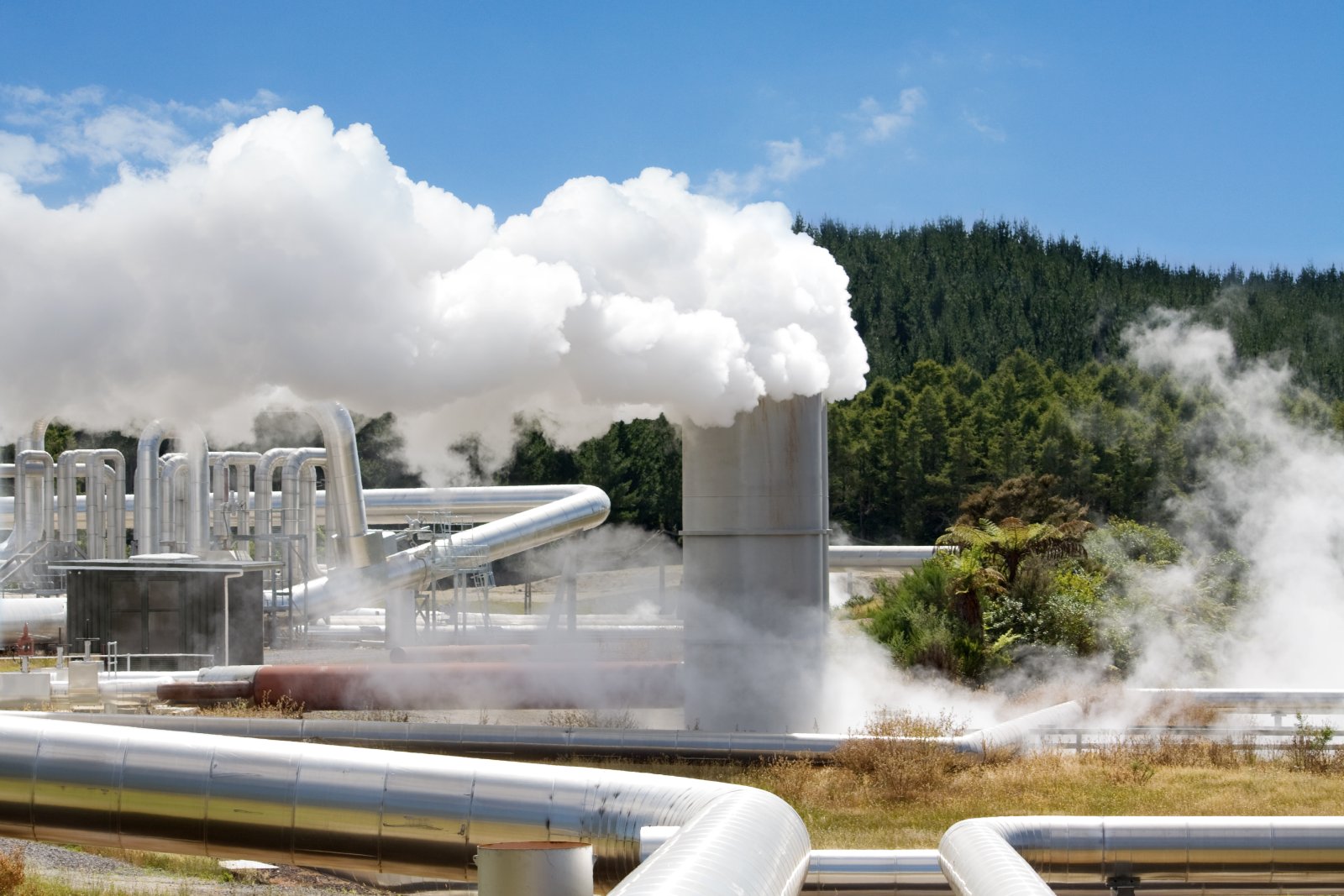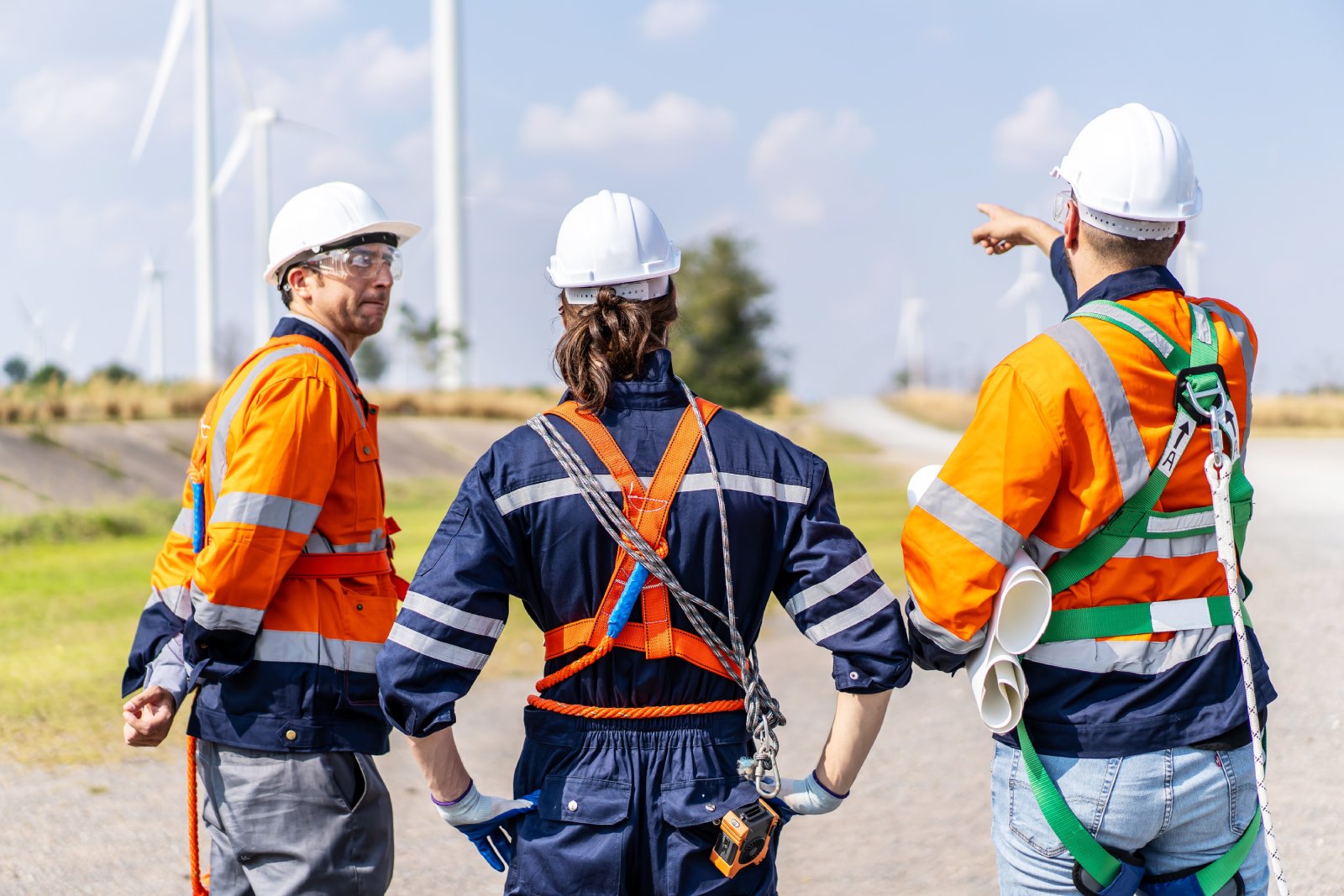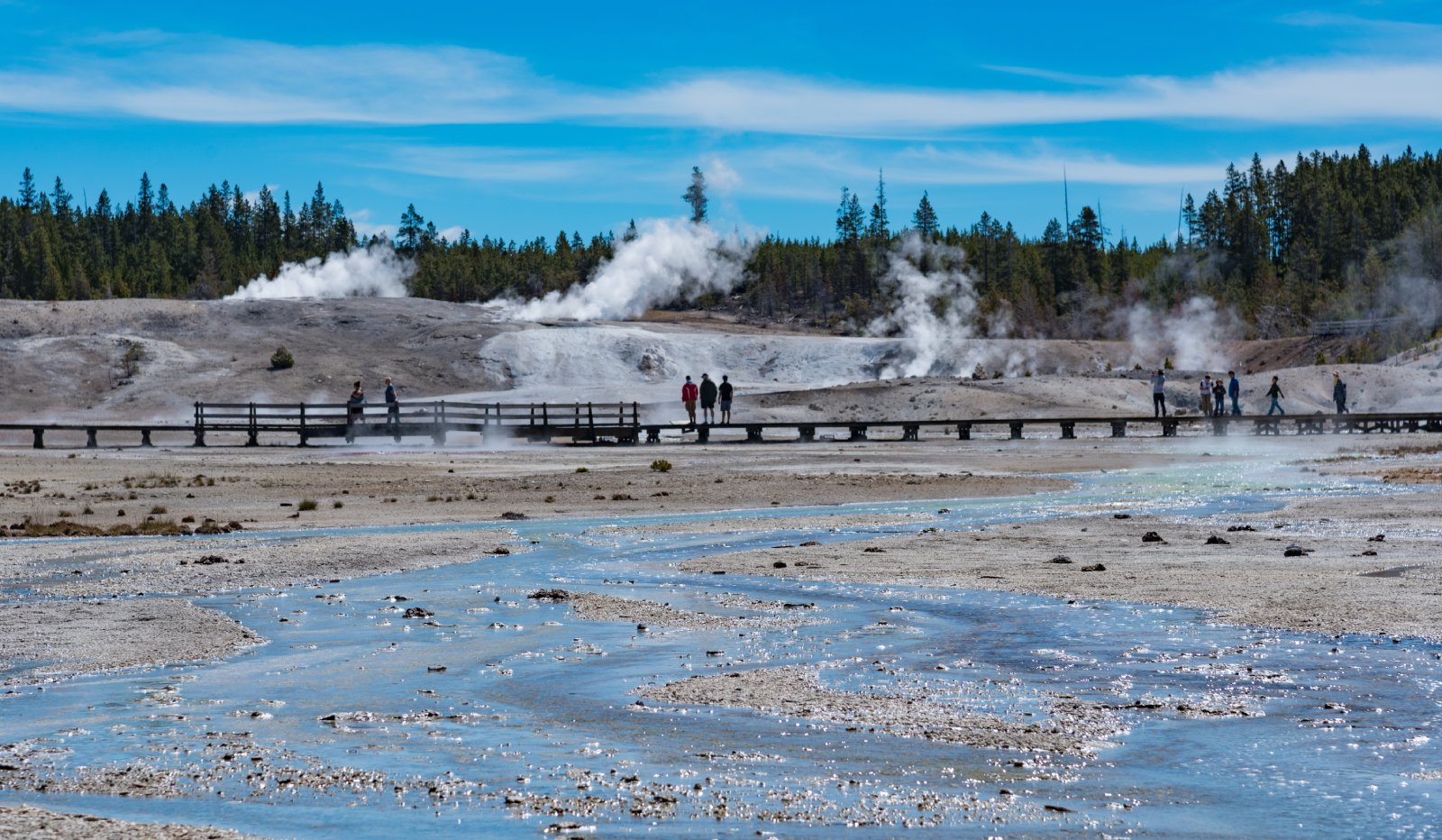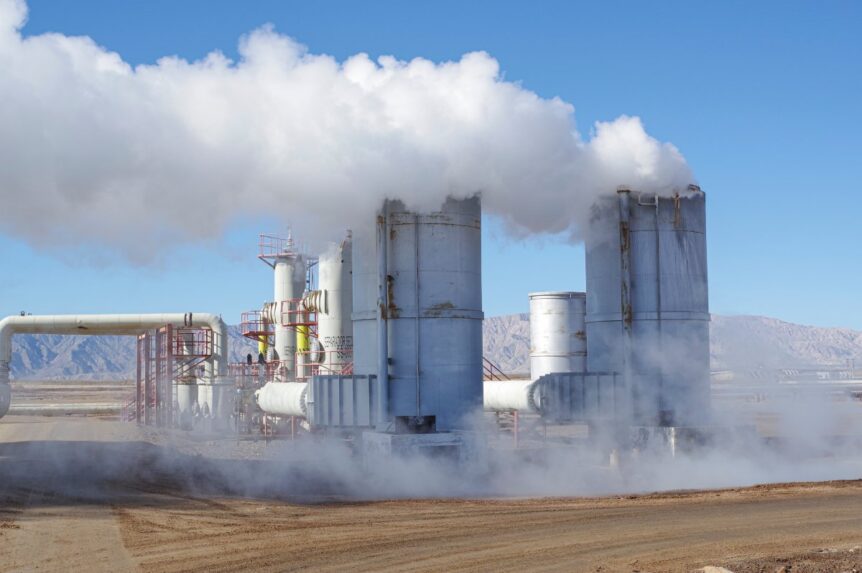“Highly confident” Governor Jared Polis aims to make the state 100% renewable “by 2040”.
Presenting New Plants

Image Credit: Shutterstock / N.Minton
Thanks to Colorado’s investment in geothermal energy, a handful of utility-scale hot water electricity plants can be expected within the next few years.
This is according to studies released on Monday by Gov. Jared Polis, the 43rd governor of Colorado, and his energy leaders
A 100% Green State?

Image Credit: Shutterstock / Gorodenkoff
Colorado is aiming for 100% renewable energy by 2040, with state officials turning toward geothermal- and hydrogen power as crucial stepping stones for reaching their goal.
A Great Outlook

Image Credit: Shutterstock / AnnaStills
In releasing the studies, Polis said: “I am highly confident that we will see some geothermal electric capacity come online in Colorado in the next several years”.
Fighting Climate Change

Image Credit: Shutterstock / Dizfoto
As stated in the reports, geothermal and hydrogen both offer substantial opportunities to expand on the energy already provided by wind, solar, and batteries to help reduce the effects of climate change.
The reports also review the likelihood of tapping more of Colorado’s energy sources, plus the associated challenges, benefits, economics, and mechanics.
Delegating Duties

Image Credit: Shutterstock / fizkes
Another step laid out by the Colorado General Assembly to boost the use of renewable energy sources is to include the regulation of geothermal energy as part of the former Colorado Oil and Gas Conservation Commission’s duties.
Next Month Already?

Image Credit: Shutterstock / fizkes
The agency, which has been renamed the Colorado Energy and Carbon Management Commission, has scheduled a first hearing for August 5th to propose rules for what is deemed to be a rising industry in the state.
Greener and Greener

Image Credit: Shutterstock / Kitreel
According to Polis, “We’re going to be 80% renewable by 2030 and 100% by 2040”.
Good, but We Need More

Image Credit: Shutterstock / chingyunsong
Although state officials consider fast-growing solar- and wind power as Colorado’s “workhorses” for the foreseeable future, they also say the state requires extra renewable technologies, like hydrogen and hot water power, to be available as instant backups to other sources.
Hot Water Magic

Image Credit: Shutterstock / Tristan Brynildsen
With a utility-scale geothermal project, deep wells would tap into the state’s water reservoirs that consistently run near 300 degrees Fahrenheit.
With a binary-cycle plant, the hot water would move through a heat exchanger with a liquid that boils into a gas at a cooler temperature than water. The electrical turbine is then run via this pressurized vapor.
The Colorado Top 3

Image Credit: Shutterstock / kasakphoto
Now, Colorado’s three most promising projects are:
- La Plata County,
- near Pierce in Weld County, and
- at Mount Princeton, which is known for its surface hot springs.
Rising in Power

Image Credit: Shutterstock / Salivanchuk Semen
According to Colorado Energy Office director Will Toor, Pierce could kick off at 3 megawatts of power and increase to 180 MW.
The project at La Plata County will commence at 20 MW and grow up to 55 MW.
For Mount Princeton, Toor said the project could be 10 MW.
The Statistics

Image Credit: Shutterstock / SFIO CRACHO
To compare, many community solar projects are approximately 5 MW to 10 MW. Electric co-opts usually construct 20 MW solar arrays. And the biggest utilities are commissioning solar arrays at 100 – 200 MW.
Geothermal From Where?

Image Credit: Shutterstock / Traveller70
Colorado’s areas that show the highest potential for producing electricity from geothermal resources, according to the new state report, are:
- the Upper Arkansas Valley,
- Raton Basin,
- Piceance Basin,
- San Juan Basin,
- and a part of the state’s eastern Denver Basin.
This is due to the underground water’s high temperatures.
The Hot Springs

Image Credit: Shutterstock / TMP – An Instant of Time
The report states that although most of Colorado lying east of the Front Range has the lowest estimated thermal resource, methods are available to kickstart geothermal there as well.
The various thermal springs have been a big help for Colorado in terms of direct geothermal energy, with underground heat being tapped by pumps to both heat and cool structures.
Positive Feedback

Image Credit: Shutterstock / NDAB Creativity
Toor said the response to the state’s geothermal grant program was encouraging, with Colorado awarding $7.7 million in grants to 35 projects across the state in May.
Nice Budgets

Image Credit: Shutterstock / Andrey_Popov
Denver-based Gradient Geothermal received $100,000 for evaluating the probability of developing a thermal energy network by converting oil and gas operations in eastern Colorado’s Pierce area.
According to Toor, grants will be utilized for preliminary studies into using geothermal for electricity in both Steamboat Spring as well as the University of Colorado-Boulder.
Something to Consider

Image Credit: Shutterstock / Andrey_Popov
Although Gov. Jared Polis is enthusiastic about using hydrogen as a carbon-free fuel, he does admit to some controversy around the resource.
Fading Out Fossils?

Image Credit: Pexels / Yan Krukau
Some of the hydrogen controversy is because most of what is currently used is derived from fossil fuels. A startup company in Golden, NovoHydrogen, produces “green” hydrogen, which then makes use of renewable energy to power electrolysis, where water is split into hydrogen and oxygen.
Be Careful

Image Credit: Shutterstock / Thx4Stock team
The study also states that hydrogen fuels could contribute between 10 – 20% of Colorado’s total power needs. But new safety- and commerce regulations are required, as hydrogen is buoyant and disperses rapidly, plus has a low ignition point.
In addition, if hydrogen is pressurized into liquid form, it demands extremely low temperatures that weaken equipment and pipelines much quicker than other fuels.
Watch This Space

Image Credit: Shutterstock / Salivanchuk Semen
According to Commission Director Julie Murphy, a key rulemaking for future geothermal products will start in early August at the Energy Commission.
This post first appeared on EcoHugo.
Featured Image Credit: Shutterstock / VG Foto.


